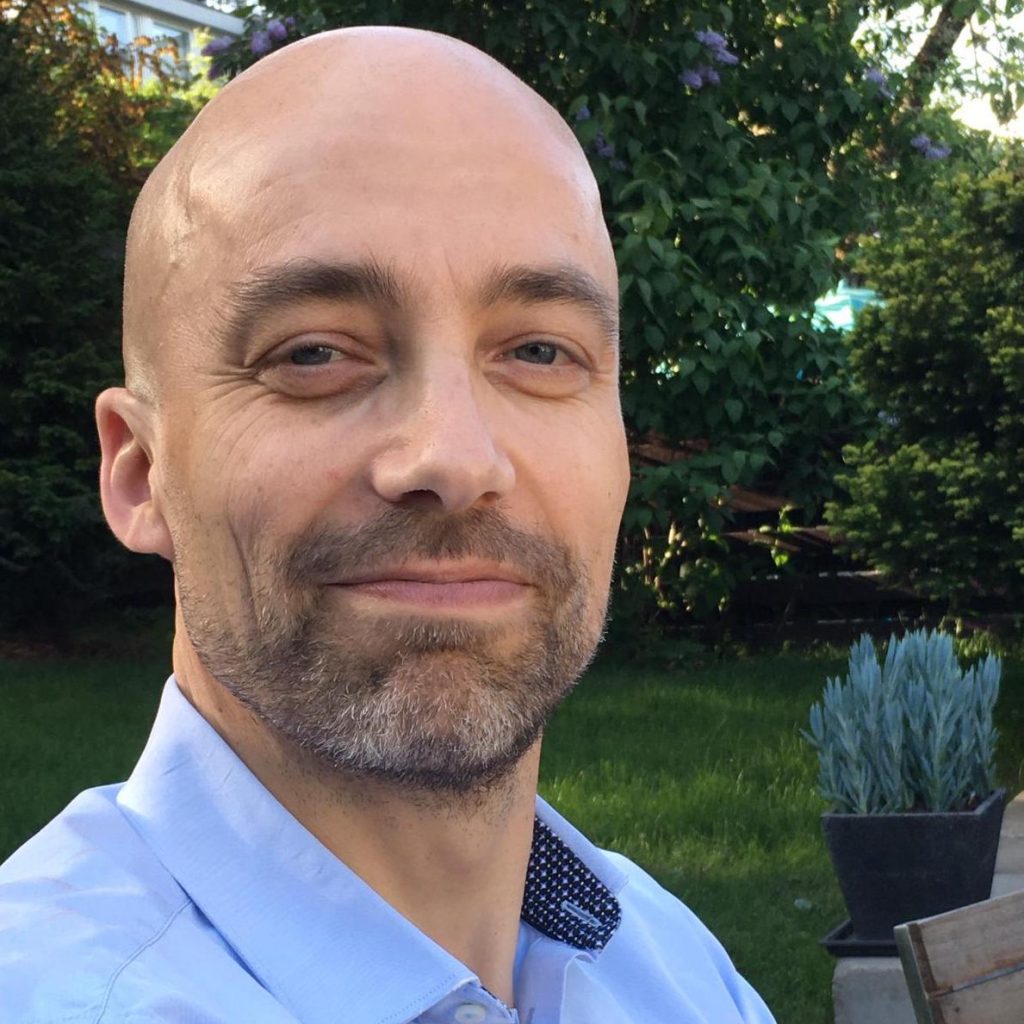
Stephanie R Jones
Professor of Neuroscience
Department of Neuroscience Brown University
USA
Stephanie Jones’ research integrates human brain imaging and computational neuroscience methods to study brain dynamics in health and disease. She works closely with animal neurophysiologist and clinicians to develop data constrained neural models that are functionally and translationally relevant. A main theme of the Jones lab’s research is to develop biophysically principled models of neural circuits that bridge the critical gap between human brain imaging signals (MEG/EEG) and their underlying cellular and network level generators. Current projects apply such interdisciplinary techniques to study the mechanisms and functions of neural dynamics, including brain rhythms, in healthy functions such as perception, attention and decision making, and in neural pathologies such as Parkinson’s disease and Essential Tremor. We also study the impact of brain stimulation (DBS, tACS, TMS), and mind-body practices, on brain dynamics with an ultimate goal of improving treatments for neuropatholgy.

Ronald T. Wakai
Professor, Medical Physics
Chair, Medical Physics Admissions Committee
Wisconsin Institutes for Medical Research
UW-Medical Physics, Biomagnetism
USA
Ronald T. Wakai, PhD, is a distinguished Professor of Medical Physics at the University of Wisconsin, Madison. He has an extensive academic background, holding a Ph.D. in Physics from the University of Illinois. Throughout his career, Dr. Wakai has made significant contributions to the field of Medical Physics, particularly in the areas of Fetal Biomagnetism and Adult MEG.
Dr. Wakai’s academic journey includes positions as a Research Scientist and Assistant Professor at the University of Wisconsin, Madison, where he later advanced to the role of Professor. His research interests encompass Fetal Biomagnetism and Adult MEG, with a focus on topics such as Fetal Magnetocardiogram and Neonatal Brain Activity.
His outstanding contributions have been acknowledged with various awards, including a B.A. with Honors in Physics from Cornell University and recognition as a University Fellow at the University of Illinois. Dr. Wakai is an active member of the American Association of Physicists in Medicine (AAPM), reflecting his commitment to advancing the field.
With numerous publications in renowned journals, Dr. Ronald T. Wakai continues to play a pivotal role in advancing medical physics, contributing to our understanding of fetal and adult neurodevelopment through groundbreaking research.

Lauri Parkkonen
Professor
Dept. Neuroscience and Biomedical Engineering
Aalto University, Finland
The main research area of Lauri Parkkonen is non-invasive neuroimaging, mainly instrumentation and data analysis methods related to MEG as well as human neuroscience of sensory modalities and cognition. He has contributed to MEG instrumentation and signal processing methods that are currently in active use in over 100 laboratories world-wide. Currently he pursues the use of optically-pumped magnetometers for MEG, exploits real-time feedback of measurements of brain activity to study cognition and plasticity, both for basic neuroscientific research and for clinical applications. He is also coordinating a national consortium to develop a biobank for functional brain-imaging data.
Parkkonen has also contributed to ultra-low-field MRI research and to invasive monitoring of local cortical activity. In cognitive neuroscience, Parkkonen has shed light on the neural mechanisms of sensory processing, particularly conscious visual perception. Recently he has pioneered the emerging field of social neuroscience to uncover brain mechanisms supporting social interaction by using hyperscanning i.e. simultaneous recording of the brain activity of the interacting participants.

